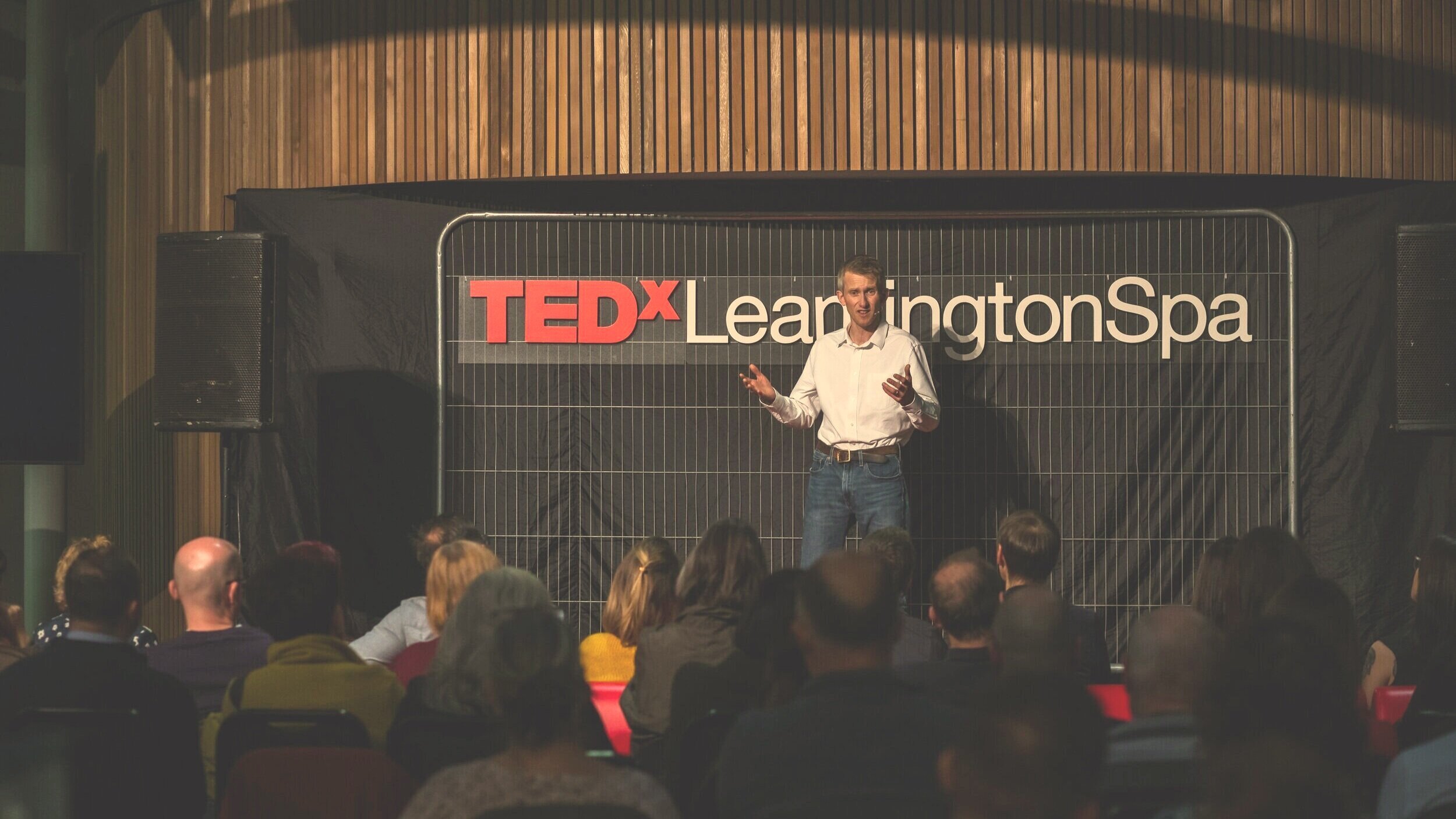
Burnout

Why burnout is not a badge of honour and how to prevent it.
But what is burnout?
What are the triggers?
Is burnout preventable and if so, how do you prevent it?
Burnout is regarded by the World Health Organisation as a key driver of work-place absence and with nearly half of global employees reporting high levels of daily stress in their work, burnout remains a serious challenge for people who trying to survive in a complex and fast-changing society.
In this session, participants will explore:
The World Health Organisation definition of burnout. Is the definition fit for purpose? And does it chime with our own experiences of burnout?
The common burnout myths and why they’re dangerously misleading.
The signs and triggers of burnout. What should we look out for, so we can see our own burnout symptoms early and better support our colleagues?
Psychological safety and why it’s at the heart of establishing better wellbeing.
HOPE: why is it important for preventing burnout? How do you foster a hope which is inspiring and grounded in reality, so you don’t set people up to fail?
The Kubler Ross Change curve: why is it both helpful AND unhelpful in illustrating the complexities of change?
Adversity and the language of T.E.S.T. How does the world of elite sport deal with setbacks/defeat? And how can we adapt the T.E.S.T approach to day-to-day life?
The difference between resilience and GRIT. What is GRIT and how do you develop it in the good times, so you can draw on it in the more difficult times?